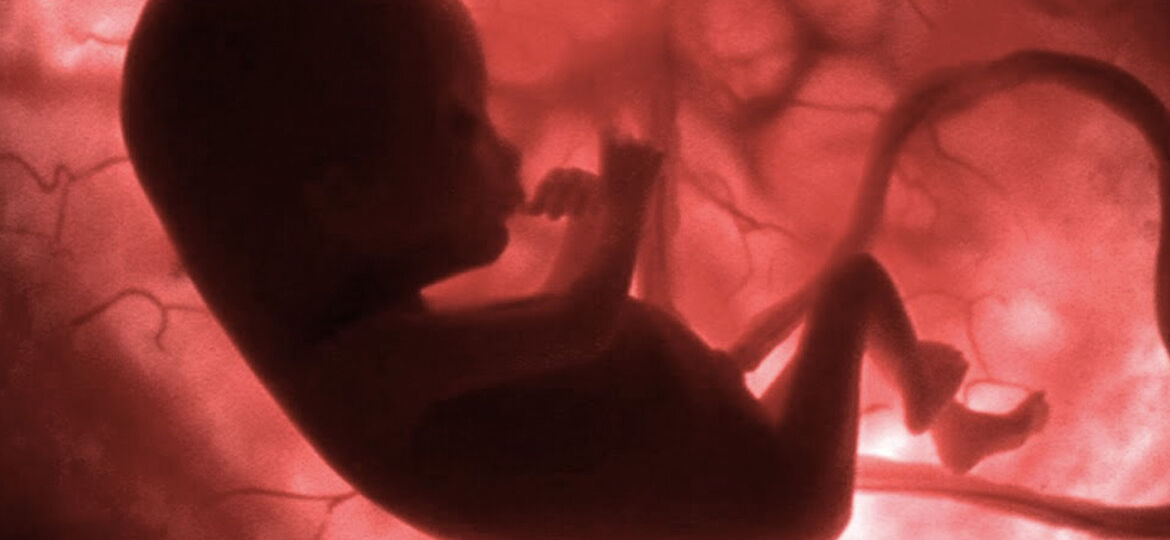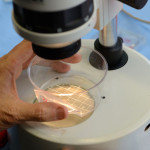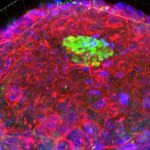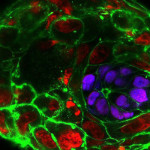
WHY THIS MATTERS IN BRIEF
In an age when we can create motherless and fatherless embryos, and where artificial humans are on the horizon, one day artificial wombs could be commonplace.
In what’s considered a landmark experiment, researchers in the US and the UK have managed grow human embryos to 14 days old in a petri dish that simulated, albeit a primitive one, an artificial womb.
Although the petri dish grown embryos probably could have lived longer the scientists were forced to conclude the experiment because of a decades old law prohibiting embryo research from lasting longer than two weeks. Despite the abrupt finish though, the new breakthrough could, one day, pave the way for womb free reproduction, as well as help with in depth study of early human development.
The international law that put a time limit on the trial is significant because it’s typically in the third week of development when an embryo’s primitive streak forms, that is, the point at which its biological individuation is guaranteed. Before the primitive streak, it has the ability to split into two separate embryos or fuse together, leading many scientists to reason that the primitive streak is when an embryo can be considered a “being”.
Politics, and ethics, aside – which can always be a dangerous thing to say – the recent breakthrough which was published in Nature and Nature Cell Biology could be an absolute boon for the continued study of early human development, namely what occurs during an embryo’s critical first 14 days. During this time, an embryo goes through a significant growth phase that includes implantation into the wall of a woman’s uterus before forming into a collection of cells, which eventually grow into a baby. These 14 days also happen to be when a high number of pregnancy and developmental issues arise, though due to how early in the cycle this growth occurs, it’s incredibly difficult to study accurately.
This is precisely where lab-grown embryos can change the entire landscape of the study of human growth, and the scientists at the UK’s Cambridge University and New York’s Rockefeller University are at the forefront of this research. Additionally, expanded research could allow for the discovery of what leads to early stage miscarriages and could potentially further the research of stem cells and their use in treating diseases.
“We can now, for the first time, study human development at this very critical stage of our lives, at the time of implantation,” said Cambridge lead researcher Magdalena Zernicka-Goetz, “to be able to culture embryos for a couple days longer would provide an enormous body of information, but it’s not for us now to decide whether we should do it or not. Rules are very useful, we would always adhere to them, and they should be set out by the wider community.”
What particularly piqued the interest of the researchers was the embryo’s uncanny ability to execute its own development beyond when it would typically implant itself into a woman’s uterus. In other words, with absolutely no maternal input, the embryo self-organized in a completely artificial environment. A development which, because of it’s nature, has led many to speculate that using an artificial womb to nurture a baby might not be as far off as people think.
“One day, under the right conditions, this means we might be able to grow a human to the point when it can be ‘born’ in a completely artificial environment,” said an observer, “it also highlights the futility of the 14 day rule, in a new era where embryos can be grown past that artificial deadline.”
“This limit was chosen more than 20 years ago, and there may be a case in the future to reconsider this,” said Manchester University’s clinical embryology professor Daniel Brinson.
However, for now at least and until the laws are reviewed the limit will remain in force and rightly so. But in an age where we’ve already demonstrated that it’s possible to create new life without the need for a biological mum and dad, and where it looks possible that come 2036 we’ll be able to create the world’s first fully artificial human the idea of an artificial womb might be too tempting for law makers, scientists and researchers to pass up.




















[…] from the UK’s Cambridge University and New York’s Rockefeller University created the world’s first artificial womb, but it was on a small scale and, for want of a better description, was based in a jar. Now a team […]
[…] de esta fantasía de ciencia ficción en una historia de la vida real. Pero nunca debemos olvidar quien financia y controla estas tecnologías, así como el doble fin que podrían tener para ellas en una sociedad tecnocrática […]